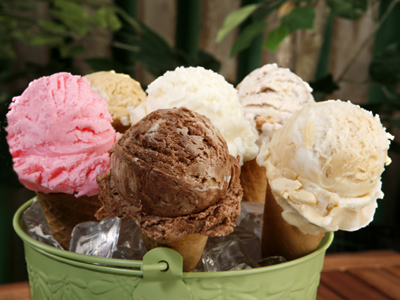
Oils
This Chemistry quiz is called 'Oils' and it has been written by teachers to help you if you are studying the subject at high school. Playing educational quizzes is a user-friendly way to learn if you are in the 9th or 10th grade - aged 14 to 16.
It costs only $12.50 per month to play this quiz and over 3,500 others that help you with your school work. You can subscribe on the page at Join Us
In this high school Chemistry quiz we look at some of the oils used in cooking - particularly the vegetable oils which are extracted from seeds, fruits and nuts.
Hydrophobic head - loves water - attaches to water
Hydrophobic head - loves water - attaches to oil
Hydrophilic head - loves water - attaches to water
Hydrophobic head - hates water - attaches to water
Ready for more?
not all...
quizzers. Try to win a coveted spot on our Hall of Fame Page.







